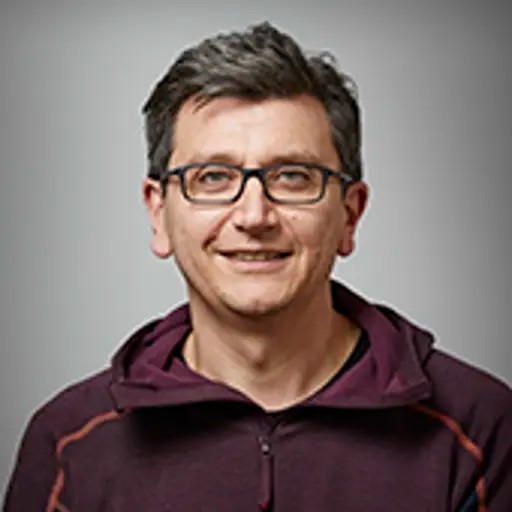Course syllabus adopted 2025-10-13 by Head of Programme (or corresponding).
Overview
- Swedish nameKärnreaktorfysik och modellering: härdmodellering för transienter
- CodeTRA525
- Credits3 Credits
- OwnerTRACKS
- Education cycleSecond-cycle
- DepartmentTRACKS
- GradingUG - Pass, Fail
Course round 1
- Teaching language English
- Application code 97248
- Open for exchange studentsNo
Credit distribution
Module | Sp1 | Sp2 | Sp3 | Sp4 | Summer | Not Sp | Examination dates |
|---|---|---|---|---|---|---|---|
| 0125 Project 3 c Grading: UG | 1.5 c | 1.5 c |
In programmes
Examiner
- Christophe Demaziere
- Full Professor, Subatomic, High Energy and Plasma Physics, Physics
Eligibility
General entry requirements for Master's level (second cycle)Aim
This course aims to equip the course participants with the necessary knowledge, skills and attitudes to perform reactor physics calculations of nuclear reactor systems.Learning outcomes (after completion of the course the student should be able to)
General learning outcomes- work in multidisciplinary teams and collaborate in teams with different compositions
- show insights about and deal with the impact of architecture and/or engineering solutions in a global, economic, environment and societal context
- identify ethical aspects and discuss and judge their consequences in relation to the specific problem
- orally and in writing explain and discuss information, problems, methods, design/development processes and solutions
- explain the principles of deterministic methods under non-steady-state conditions and the macroscopic modelling of nuclear thermal-hydraulics and fuel thermo-mechanics
- identify and evaluate the approximations involved in such models and their range of validity
- apply numerical techniques to solve large linear and non-linear systems of equations, with particular focus on multi-physics modelling
- implement deterministic and macroscopic models in computational environments.
- use coupled simulation software to perform and analyse multi-physics calculations
- Interpret and assess the outputs generated by such simulation tools
Content
The course deals with the modelling of nuclear reactors in transient conditions, focusing on the modelling of neutron transport, heat transfer, fluid dynamics, fuel thermo-mechanics, and their interdependencies. The principles of deterministic methods in non-steady-state conditions, their approximations, and their range of validity for core calculations are presented. Likewise, the macroscopic modelling methods of nuclear thermal-hydraulics and fuel thermo-mechanics are addressed. Finally, due to the interdependencies between the various physics, numerical techniques used for multi-physics coupling are detailed.Organisation
The course is a hybrid flipped course. In this format, the course participants need to complete some online self-paced preparatory work (representing about 40 hours of work) before attending interactive classes organized during 5 consecutive days (representing about 40 hours of work). Those classes are given in a hybrid set-up, with participants following the classes either onsite or remotely on the web. The interactive sessions are largely based on group work/activities promoting intercultural and interdisciplinary collaborations between peers. In addition, the groups need to work on some projects offered throughout the course. By applying the learned concepts on practical examples and via the support from the teaching staff, the students will develop an in-depth understanding of core modelling for transients.Literature
With input from the teaching team, students will develop the ability to identify and acquire relevant literature throughout their projects.Examination including compulsory elements
The examination is based on continuous assignments throughout all course modules. The assignments are related to the in-class activities, as well as to the preparatory work ahead of those activities. One should successfully solve a sufficient number of those assignments to pass the course.The course examiner may assess individual students in other ways than what is stated above if there are special reasons for doing so, for example if a student has a decision from Chalmers about disability study support.
